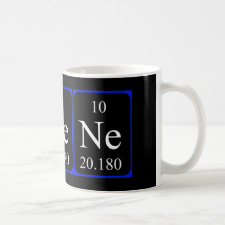
Authors: Sevildik M, Dinšer A, Aydemir T
Article Title: Beta Glucosidase Recognition By Imprinted Polyacrylamide Hydrogels.
Publication date: 2019
Journal: Eurasian Journal of Biological and Chemical Sciences
Volume: 2
Issue: (1)
Page numbers: 17-23.
Alternative URL: https://dergipark.org.tr/en/pub/ejbcs/issue/47220/459288#article_cite
Abstract: In the present work, selective adsorption of β-glucosidase using imprinted polyacrylamide hydrogels were studied. For this purpose imprinted hydrogels were prepared using β-glucosidase as a template molecule, acrylamide (AAm) as a monomer, N,N'- methylenebisacrylamide (MBAA) as a crosslinker, ammonium persulphate (APS) and N,N,N',N'-tetramethylethylene-diamine (TEMED) as initiators. β-Glucosidase imprinted hydrogel was washed with a solution of sodium dodecyl sulfate (SDS) and acetic acid to remove the template molecule. Non-imprinted hydrogel was also prepared without using β-glucosidase template. The adsorption and recognition performance of hydrogels towards β-glucosidase was discussed through adsorption isotherms and adsorption kinetics. In batch template rebinding experiments, imprinted hydrogels displayed quite high template binding capacity than non-imprinted hydrogels. The theoretical maximum adsorption capacity (Qmax) was determined by the Langmuir model, which turned out to be 7.2 mg/g and 4.6 mg/g for imprinted and non-imprinted hydrogels respectively. A pseudo-second-order model was suitable to interpret kinetic data
Template and target information: protein, β-glucosidase
Author keywords: β-Glucosidase, polyacrylamide, hydrogel



Join the Society for Molecular Imprinting

New items RSS feed
Sign-up for e-mail updates:
Choose between receiving an occasional newsletter or more frequent e-mail alerts.
Click here to go to the sign-up page.
Is your name elemental or peptidic? Enter your name and find out by clicking either of the buttons below!
Other products you may like:
 MIPdatabase
MIPdatabase









